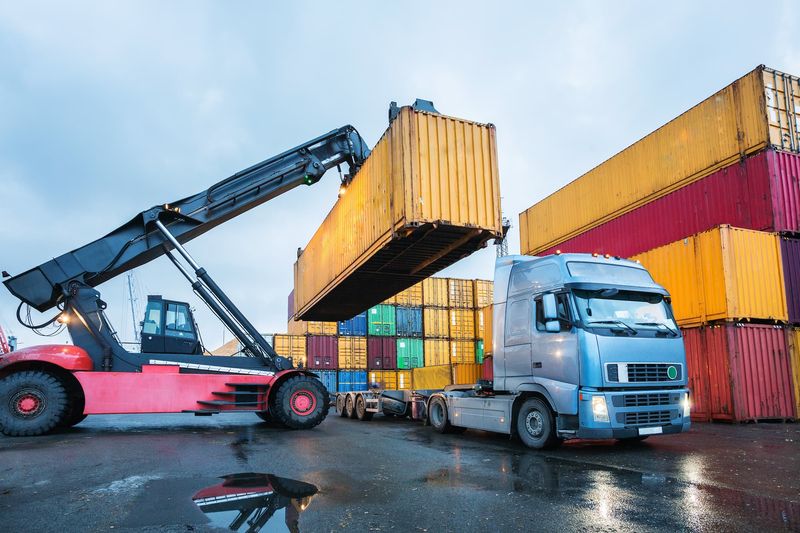Transporting heavy containers is a critical aspect of logistics, requiring specialized knowledge and equipment. In this article, we will delve into the specifics of heavy container drayage, discussing key requirements, regulations, safety tips, and concluding with insights into how YK Freight manages heavy container drayage effectively.
Specifics of Heavy Containers
Heavy containers typically refer to those exceeding standard weight limits, often necessitating special handling and equipment due to their size and weight. These containers are commonly used in industries such as manufacturing, construction, and international shipping. Drayage, in this context, refers to the short-distance transportation of these containers between ports, rail yards, warehouses, or distribution centers.
Key Requirements and Regulations
Successful heavy container drayage involves adherence to various requirements and regulations to ensure legality, safety, and efficiency.
Licenses and Permits
-
Commercial Driver’s License (CDL): Operators of heavy container drayage trucks must possess a CDL, which typically requires specialized endorsements for handling oversized loads.
-
Permits: Depending on local regulations and the specific route, additional permits may be necessary for transporting heavy containers. These permits often account for the weight and dimensions of the cargo, ensuring compliance with road safety standards.
Equipment and Technologies
-
Specialized Trucks: Heavy container drayage requires trucks equipped to handle significant weights. This includes tractor-trailer combinations capable of safely transporting oversized containers.
-
Safety Technologies: Advanced safety features such as GPS tracking, collision avoidance systems, and real-time monitoring help mitigate risks associated with transporting heavy loads.
Tips for Safe Heavy Container Drayage
Safety is paramount when transporting heavy containers. Consider the following tips to ensure safe operations:
-
Proper Loading: Ensure containers are loaded and secured according to established safety protocols to prevent shifting during transport.
-
Regular Maintenance: Conduct routine inspections and maintenance of trucks and equipment to prevent mechanical failures that could compromise safety.
-
Route Planning: Plan routes carefully to avoid roads with weight restrictions or other obstacles that may impede safe transit.
Conclusion
In conclusion, heavy container drayage requires meticulous planning, adherence to regulations, and a commitment to safety. At YK Freight, we excel in managing heavy container drayage by combining expertise with advanced technology and a focus on compliance and safety.
How YK Freight Handles Heavy Container Drayage
YK Freight has established itself as a leader in heavy container drayage by prioritizing:
-
Expertise: Our team includes experienced professionals knowledgeable in handling oversized cargo and navigating regulatory requirements.
-
Technology: We leverage state-of-the-art equipment and safety technologies to enhance efficiency and ensure the safe transport of heavy containers.
-
Compliance: YK Freight maintains strict compliance with all relevant permits, licenses, and safety regulations, minimizing risks and ensuring seamless operations.
-
Customer Focus: We prioritize customer satisfaction by delivering reliable and timely heavy container drayage services tailored to meet specific logistics needs.
By focusing on these principles, YK Freight continues to deliver exceptional results in heavy container drayage, supporting industries reliant on efficient and secure transportation solutions.
In summary, navigating heavy container drayage requires a comprehensive understanding of regulatory requirements, specialized equipment, and a commitment to safety and efficiency. YK Freight exemplifies these qualities, ensuring reliable and compliant transportation of heavy containers for various industries.






ASK YOUR QUESTIONS